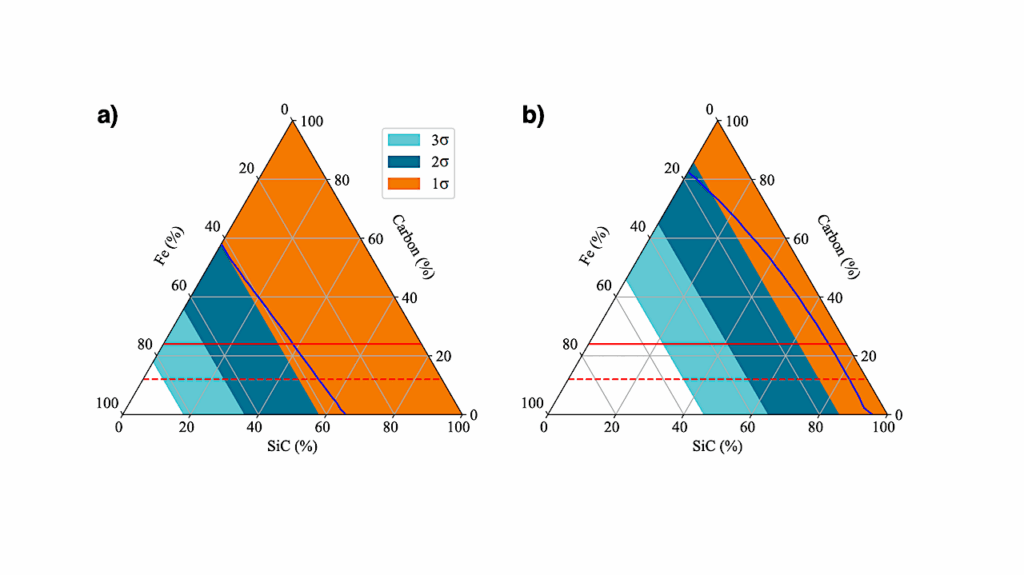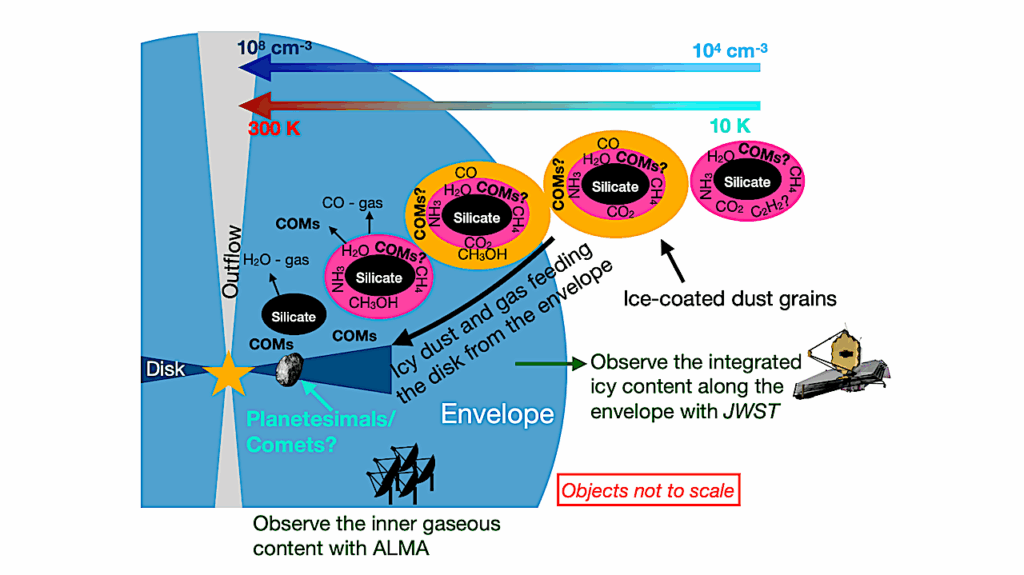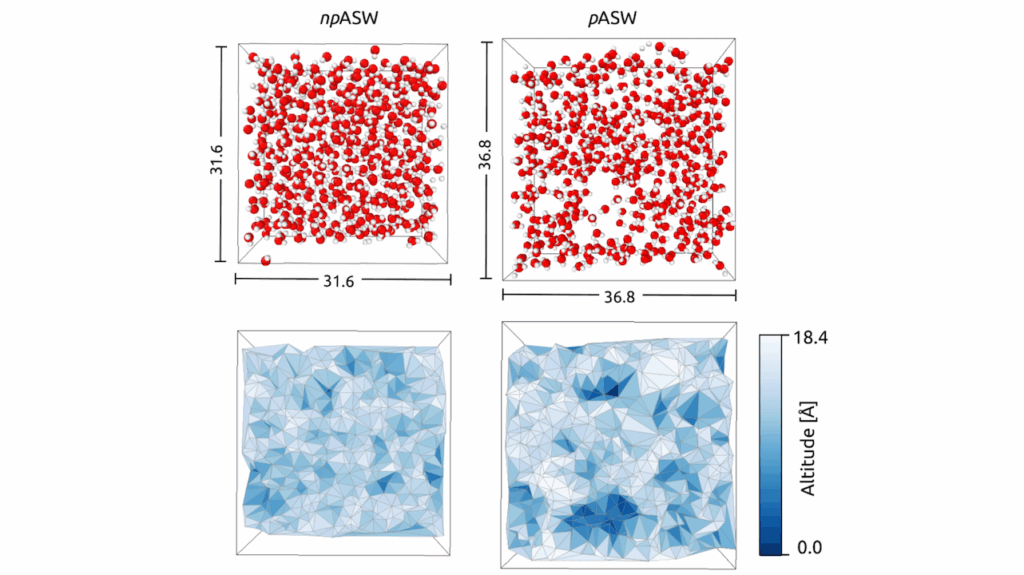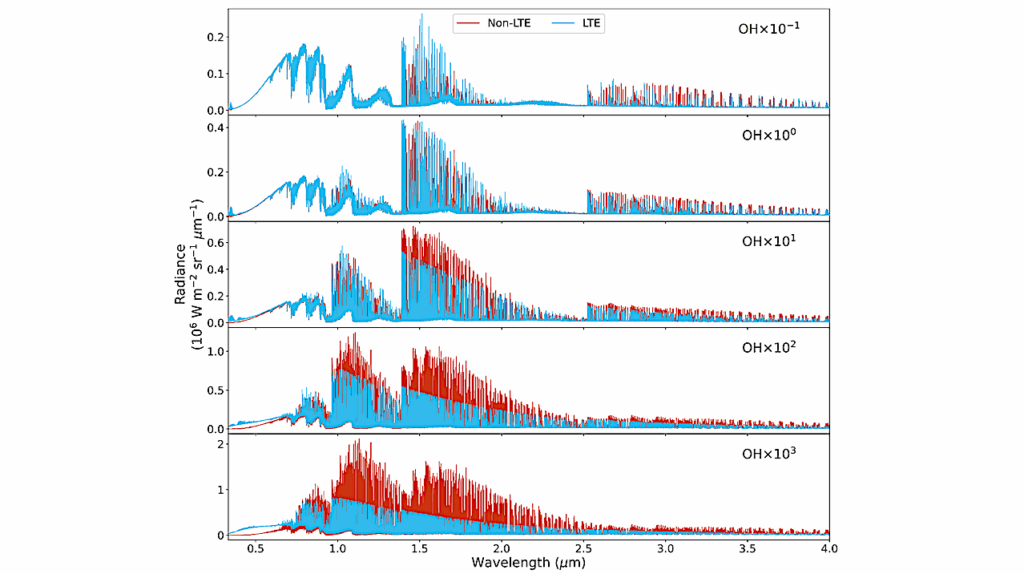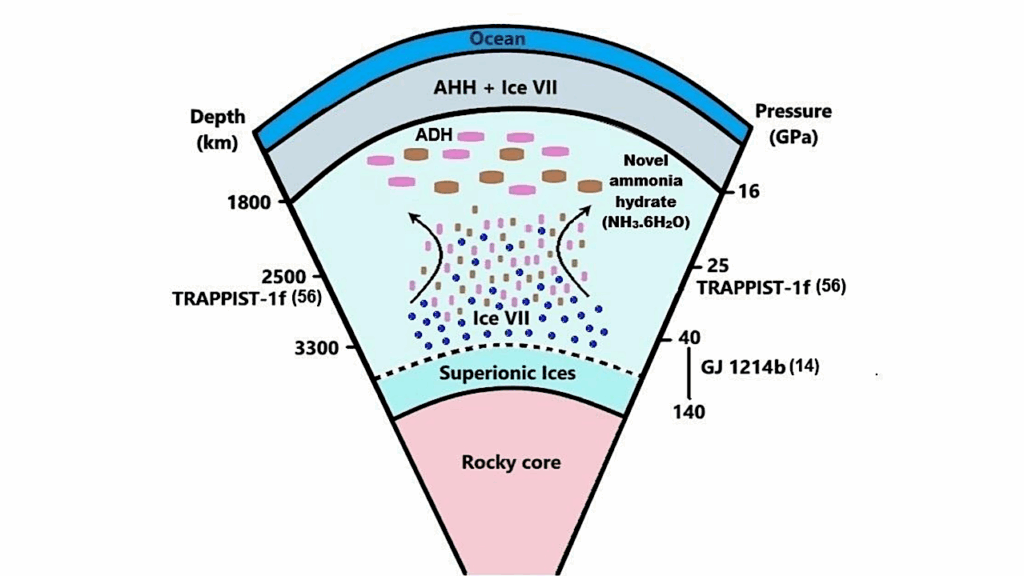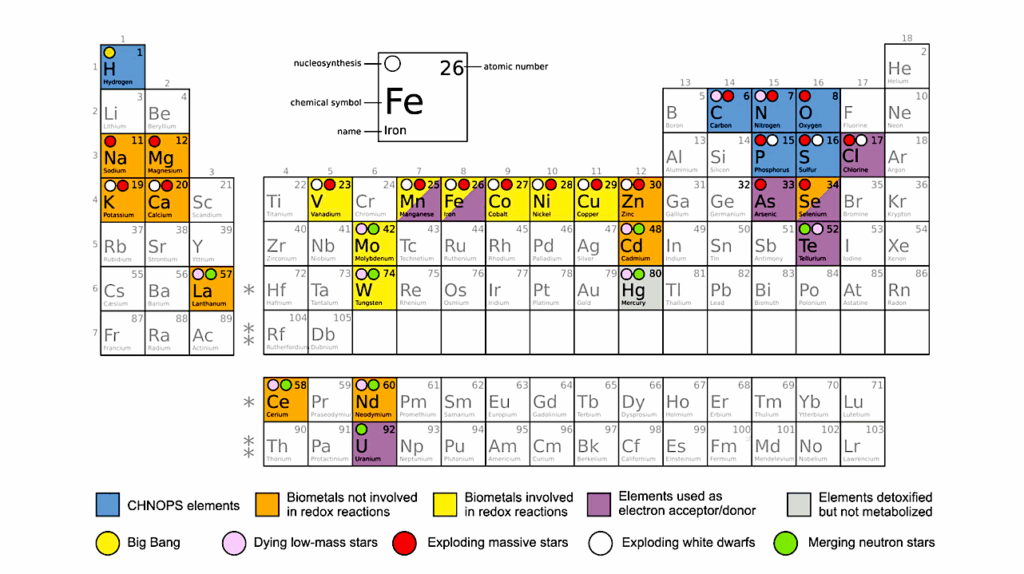Modelling Methanol And Hydride Formation In The JWST Ice Age Era
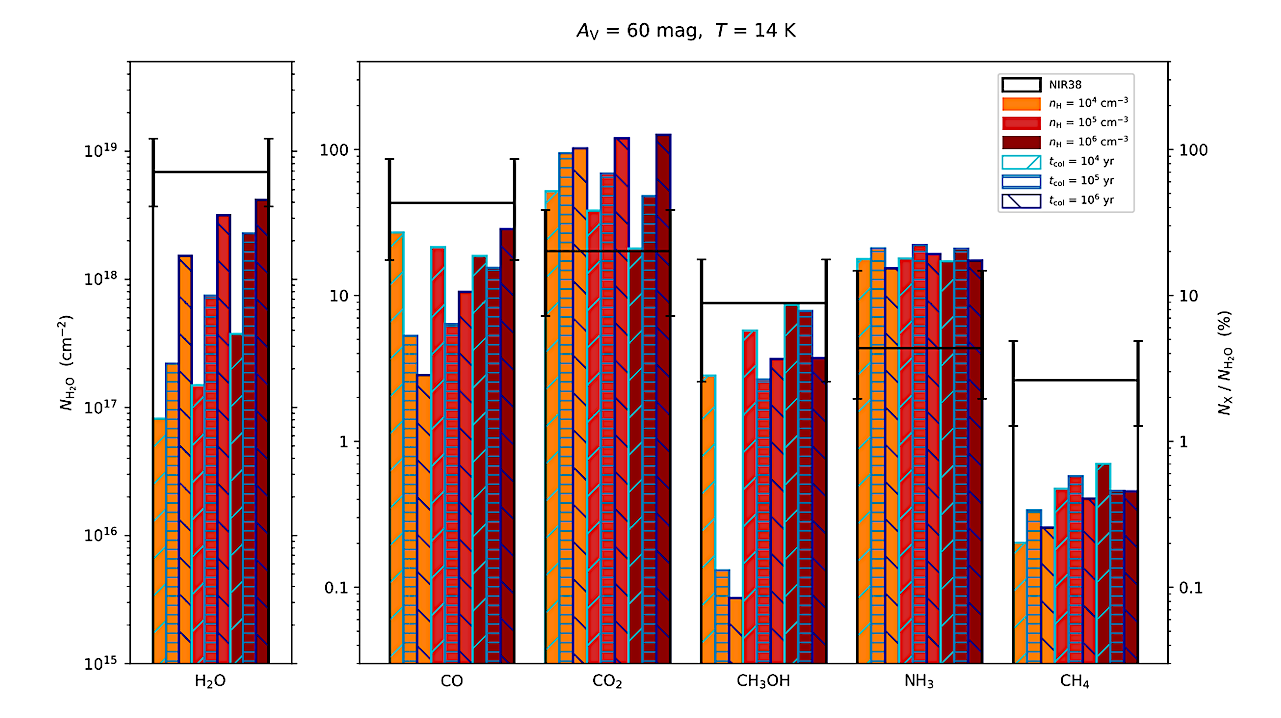
(Abridged) JWST observations have measured the ice composition toward two highly-extinguished field stars in the Chamaeleon I cloud.
The observed extinction excess on the long-wavelength side of the H2O ice band at 3 micron has been attributed to a mixture of CH3OH with ammonia hydrates, which suggests that CH3OH ice could have formed in a water-rich environment with little CO depletion.
Laboratory experiments and quantum chemical calculations suggest that CH3OH could form via the grain surface reactions CH3+OH and/or C+H2O in water-rich ices. However, no dedicated chemical modelling has been carried out thus far to test their efficiency and dependence on the astrochemical code employed.
We model the ice chemistry in the Chamaeleon I cloud using a set of astrochemical codes (MAGICKAL, MONACO, Nautilus, UCLCHEM, and KMC simulations) to test the effects of the different code architectures and of the assumed ice chemistry.
Our models show that the JWST ice observations are better reproduced for gas densities >1e5 cm-3 and collapse times >1e5 yr. CH3OH ice forms predominantly (>99%) via CO hydrogenation. The contribution of reactions CH3+OH and C+H2O, is negligible. The CO2 ice may form either via CO+OH or CO+O depending on the code. However, KMC simulations reveal that both mechanisms are efficient despite the low rate constant of the CO+O surface reaction.
CH4 is largely underproduced for all codes except for UCLCHEM, for which a higher amount of atomic C is available during the initial translucent cloud phase. Large differences in the ice abundances are found at Tdust<12 K between diffusive and non-diffusive chemistry codes.
This is due to the fact that non-diffusive chemistry takes over diffusive chemistry at such low Tdust. This could explain the rather constant ice chemical composition found in Chamaeleon I and other dense cores despite the different visual extinctions probed.
Izaskun Jiménez-Serra, Andrés Megías, Joseph Salaris, Herma Cuppen, Angèle Taillard, Miwha Jin, Valentine Wakelam, Anton I. Vasyunin, Paola Caselli, Yvonne J. Pendleton, Emmanuel Dartois, Jennifer A. Noble, Serena Viti, Katerina Borshcheva, Robin T. Garrod, Thanja Lamberts, Helen Fraser, Gary Melnick, Melissa McClure, Will Rocha, Maria N. Drozdovskaya, Dariusz C. Lis
Comments: Accepted in A&A
Subjects: Astrophysics of Galaxies (astro-ph.GA); Solar and Stellar Astrophysics (astro-ph.SR)
Cite as: arXiv:2502.10123 [astro-ph.GA] (or arXiv:2502.10123v1 [astro-ph.GA] for this version)
https://doi.org/10.48550/arXiv.2502.10123
Focus to learn more
Submission history
From: Izaskun Jimenez-Serra
[v1] Fri, 14 Feb 2025 12:44:05 UTC (507 KB)
https://arxiv.org/abs/2502.10123
Astrobiology,


